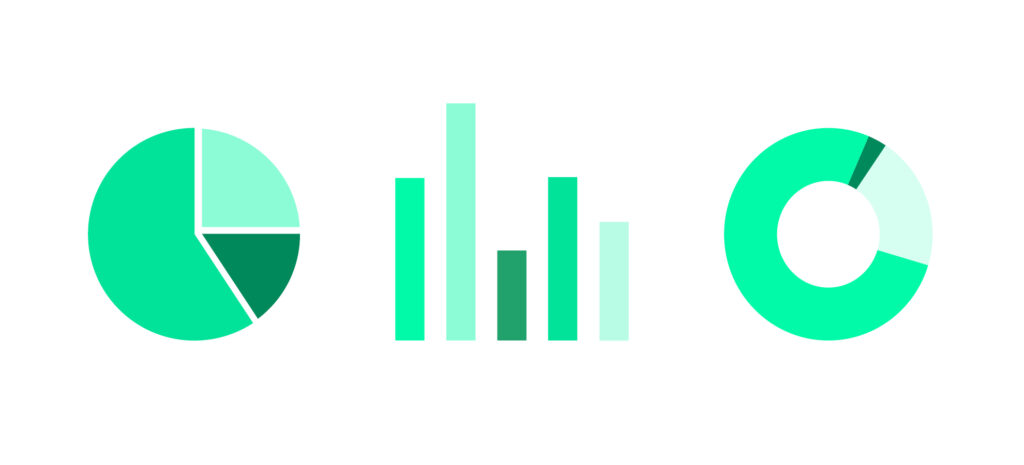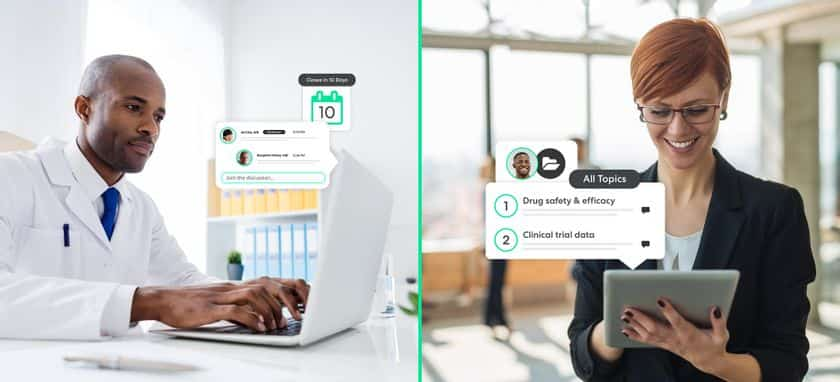Speed plays a vital role for pharmaceutical companies – drug patent life is only 20 years and organizations have a short window to earn a return on investment. As a result, demands are enormous for innovative technology solutions throughout the clinical R&D process, including the ability of artificial intelligence (AI) to draw insights out of large data sets and surface key results. But requirements for integrating large data sets and releasing them from their siloes to improve ROI for pharma research and development, including analytics, are not without their challenges.
Challenges inherent in a big data transformation
Conclusions drawn from typical clinical trials are now not adequate enough for drug value assessment and decision making. The question that can be derived from this is how does clinical research work moving forward? There is, therefore, a need for data-driven insights with real-world clinical evidence. Translational research along with comparative effectiveness is becoming imperative to understand a drug’s impact in real life and critical to the pharma R&D process. Translational research is also expanding the role of research and development in the pharmaceutical industry.
Citing shortcomings in data sets from clinical trials and inadequate insights driven by real-world data, industry consultants report that “implementation of big data infrastructure enables faster data processing, which, in turn, allows organizations to support scientific analytics and derive more focused business outcomes for next-gen research.” This has multiple implications for the role of research and development in the pharmaceutical industry, including drug discovery and operational efficiency.
However, challenges in unlocking the potential for large data sets to improve pharma R&D analytics remain daunting. According to McKinsey, “For a big-data transformation in pharmaceutical R&D to succeed, executives must overcome several challenges; organization, technology and analytics, and mindsets.
“Maximizing internal collaboration requires improved linkages among different functions, such as discovery, clinical development, and medical affairs. This can lead to insights across the portfolio, including clinical identification and research follow-up on potential opportunities in translational medicine or identification of personalized-medicine opportunities through the combination of biomarkers research and clinical outcomes; predictive sciences could also recommend options at the research stage based on clinical data or simulations.”
How can data analytics benefit pharmaceutical R&D?
Author Melissa Lin writes that returns on R&D serve as a key performance metric for investors, and a starting point for dialogue between the industry, payers, and health technology assessment groups, which collectively determine the value of innovative medicines. Lin continues: “Big data analytics involves the collection, manipulation, and analysis of massive, diverse data sets. It provides promise for pharma companies in several ways: 1) Predictive modeling can unearth targets for the drug pipeline. 2) Statistical tools can improve patient recruitment and enhance monitoring. 3) Data mining of public forums and social media sites can identify adverse drug reactions not formally reported.”
Accumulating, archiving, organizing, disseminating, and opening large real-world data, pharma data, and clinical data sets across an entire pharmaceutical enterprise involves several challenges and critical decisions for an implementation that must be based on intended future uses of that data and the organization’s future strategy. What these decisions look like for companies with many therapies for many disease types will significantly differ from those that specialize in one or two particular patient populations or disease types.
Be prepared to invest significant resources in time, money and staff if you believe, as McKinsey does, there is long-term value to be extracted:
“Implementing end-to-end data integration requires a number of capabilities, including trusted sources of data and documents, the ability to establish cross-linkages between elements, robust quality assurance, workflow management, and role-based access to ensure that specific data elements are visible only to those who are authorized to see it. Pharmaceutical companies generally avoid overhauling their entire data-integration system at once because of the logistical challenges and costs involved, although at least one global pharmaceutical enterprise has employed a “big bang” approach to remaking its clinical IT systems.
“Companies typically employ a two-step approach: first, they prioritize the specific data types to address (usually clinical data) and create additional data-warehousing capabilities as needed. The goal is to tackle the most important data first to obtain benefits as soon as possible. This step alone can take over a year and requires significant infrastructure and procedural changes. Second, the company develops an approach for the next levels of priority data, including scenario analysis, ownership, and expected costs and timelines.”
Following data integration, internal and external collaboration are the next steps and hopefully the next pharma R&D trends to unlock big data’s potential in pharma R&D analytics. To jumpstart internal collaboration, pharma teams should improve connectivity between different functions – including discovery, clinical development, and medical affairs – which can yield new insights and identify potential opportunities. In terms of external collaborators, pharmaceutical companies should look to academic researchers, contract research organizations, payers, and other key players in the pharma industry to examine how improved collaboration can benefit all stakeholders.
How are teams using pharma R&D analytics to transform operations?
Like other parts of the organization, pharmaceutical R&D teams are increasingly turning to big data and analytics to accelerate their work. In the Within3 Insights Management Platform, teams can use network analytics to identify the right experts for every project, using a more precise evaluation of influence networks along with social listening to understand who can provide the most compelling actionable insights.
Once the right experts are engaged, teams can also bring the power of technology into post-engagement analysis and strategic planning. AI-powered natural language processing helps pharma R&D teams understand key concepts, identify scientific and market trends, and surface HCP sentiment to drive positive business outcomes.
By investing in data analytics to help inform strategy, life science organizations can close insight gaps that lead teams to base decisions on old or incomplete data, wasting billions of dollars and years of work. To learn more about how the Within3 Insights Management Platform solves the insight gap across the product development lifecycle, download our white paper.






